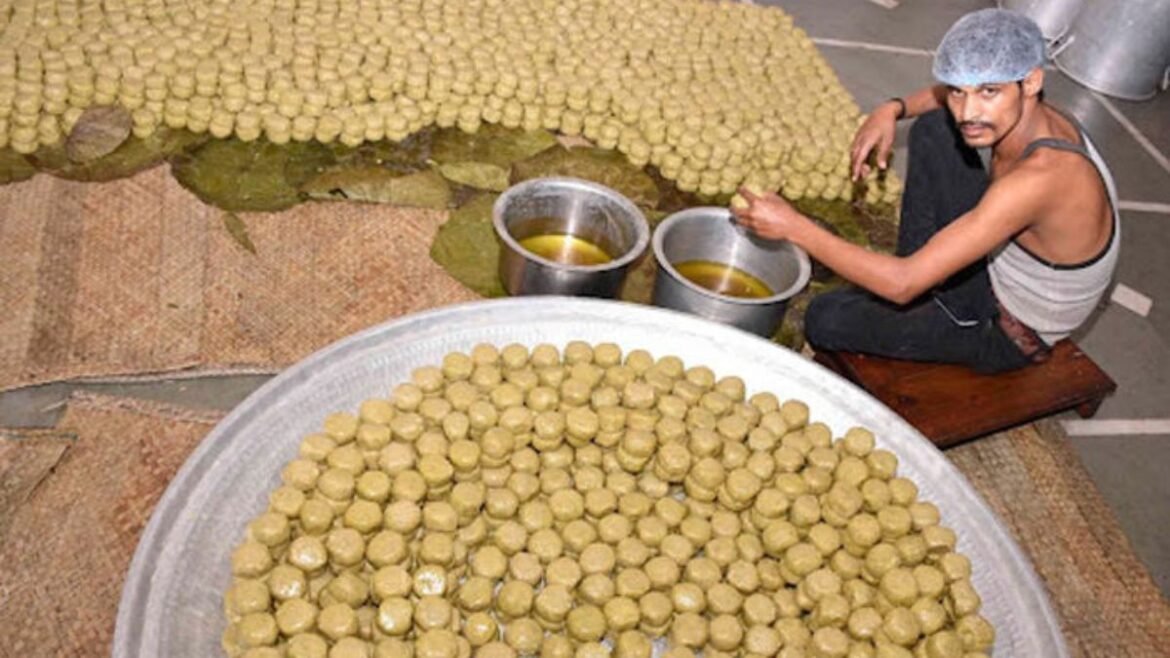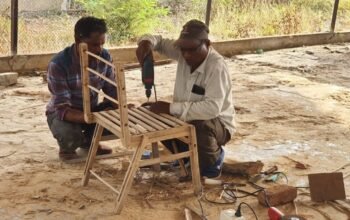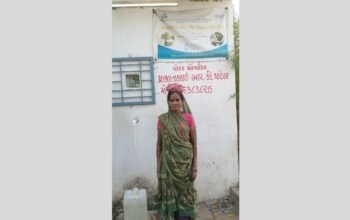Surat: It’s that time of year when Gujarat’s gastronomic capital, Surat, prepares for the much-anticipated Chandni Padva festival on October 29. This festive occasion is connected with indulging in the exquisite “ghari,” a sweet dessert prepared from pure ghee, mawa, and a selection of dried fruits.
With just two days till the great celebration, the Surat Municipal Corporation (SMC) has initiated a rigorous inspection drive at sweetmeat stores around the city to safeguard citizens’ health and cleanliness.
Approximately 18 teams of food inspectors, technical experts, and sanitary inspectors have been gathered to undertake thorough inspections of sweet shops across the city. The SMC’s Health and Hospital Department, directed by Dr. Ashish Naik, Deputy Municipal Commissioner, is in charge of this critical programme aimed at avoiding the use of contaminated components that might endanger customers’ health.
In preparation for the Chandni Padva festival, food inspectors have been painstakingly collecting samples from each sweet store, since a substantial number of “ghari” is customarily prepared in the city a few days before the celebration. This delectable treat is distinguished by the use of pure mawa, dried fruits, and ghee. Health authorities are on the ground inspecting the quality of materials used by sweet shop operators, and stiff penalties will be imposed on anybody who violates these high quality standards.
Surat inhabitants, according to estimates, consume over 200 tonnes of ghari during the Chandni Padva celebration.
The relevance of this endeavour was emphasised by Dr. Ashish Naik, Deputy Municipal Commissioner of Health and Hospital, who said, “There is a layer on the upper side of ‘ghari,’ which may contain vegetable ghee.” We collected mawa samples a few days ago. The use of vegetable oil may be harmful to the health of those who consume it. We are, however, collecting samples from all of the sweetmeat stores to guarantee that there is no adulteration.”
In order to maximise earnings, many vendors would use low-cost raw ingredients instead of high-quality butter and ghee, putting customers’ health at risk. The health agency has begun evaluating “ghari” samples, with a special emphasis on determining the quality of mawa and ghee.
For many decades, milk cooperatives in the city, such as the Surat District Milk Producers’ Union Limited (SUMUL) and the Choriyasi dairy, as well as sweet shops, have been active in the “ghari” producing industry. SUMUL, for example, manufactures around 40,000 kilogrammes of “ghari” during the Chandni Padva celebration each year. After selling around 38,000 kilogrammes last year, they want to exceed the 40,000-kilogram milestone this year.
Ghari’s Origins
In Surat, the habit of eating “ghari” during the Chandni Padva festival has historical importance. It dates back to 1857, when independence warrior Ramchandra Pandurang, also known as Tatya Tope, took refuge in Surat with his army during their guerilla struggle against the British. During his visit, he was served “ghari” by Devshanker Ghariwala, a well-known Surat halwai. Tatya Tope’s appetite was satisfied after having two pieces of “ghari,” and he considered it would be a great sustenance for his warriors. This resulted in the creation of Chandni Padva, a commemoration of the heroic independence warrior Tatya Tope that is today an important part of Surat’s cultural history.


